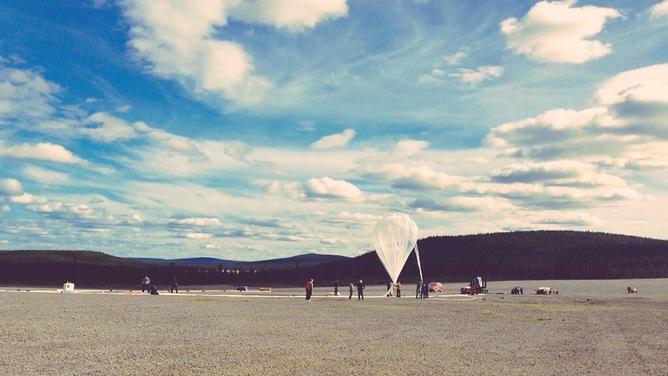I research space weather. That’s how physicists describe how storms on the sun end up affecting us here on Earth. Most days I sit at a computer coding, attending telephone conference meetings with collaborators across the country and meeting with fellow space physicists. But sprinkled throughout the year I get to do exciting fieldwork in remote locations. We launch high-tech space balloons in an effort to help untangle what happens when charged particles from solar storms hit the Earth’s magnetic field, called its magnetosphere.

Events on the sun can change conditions in near-Earth space. NASA, CC BY 4.0
